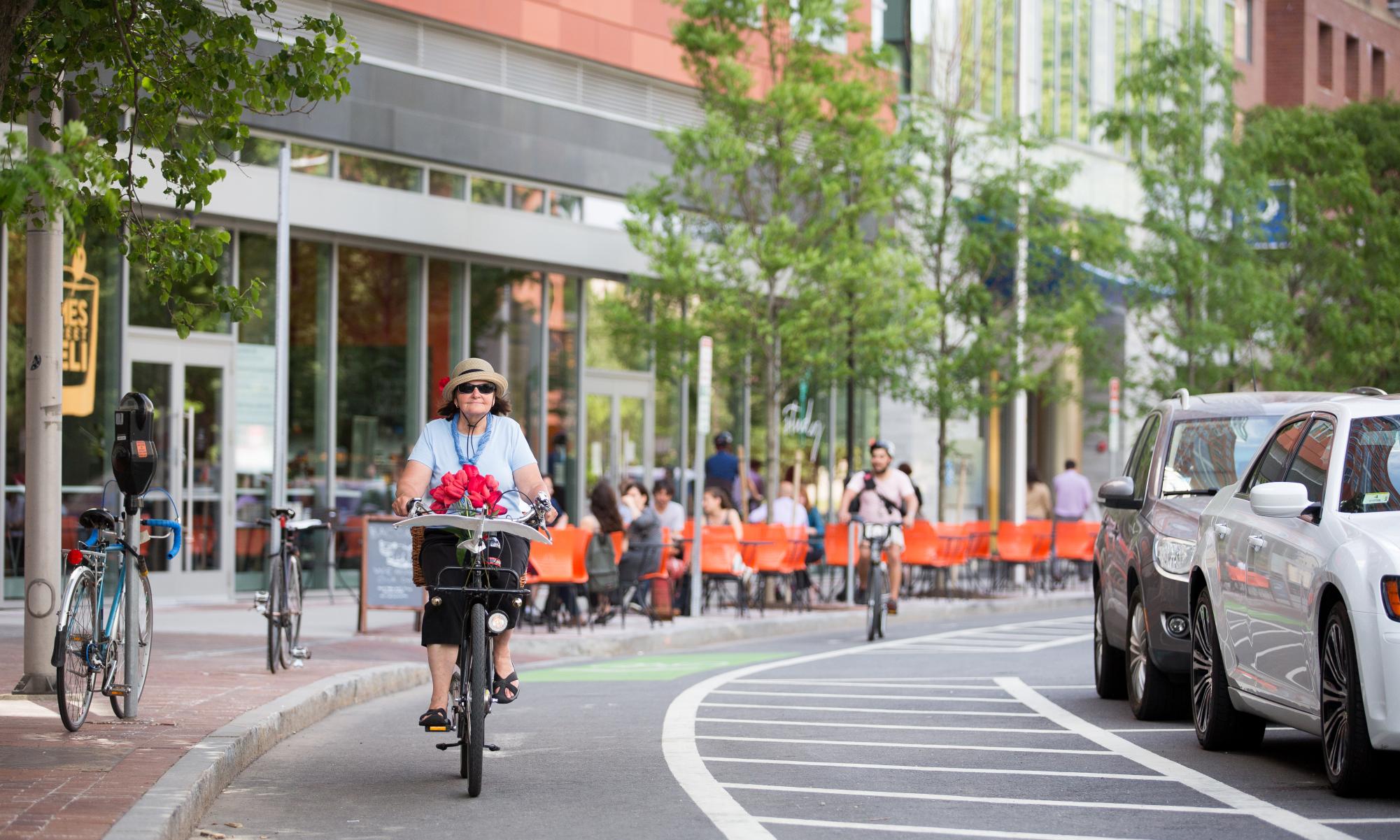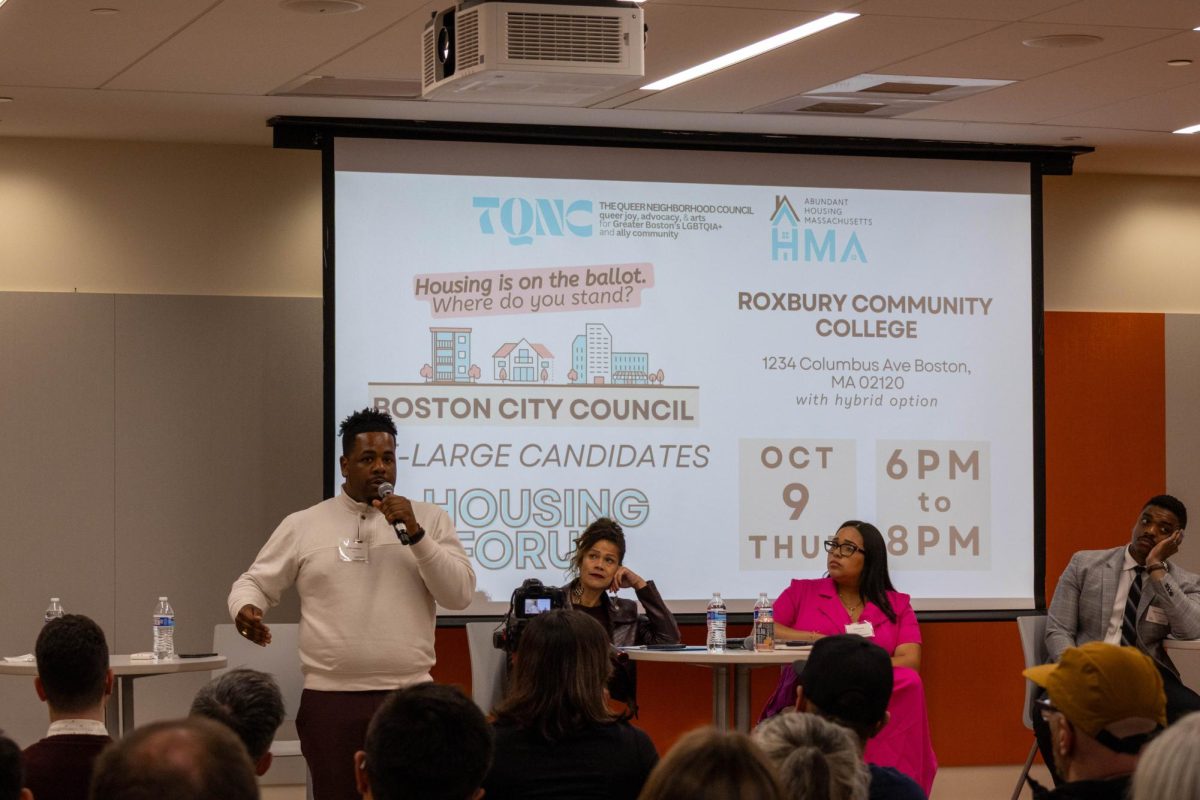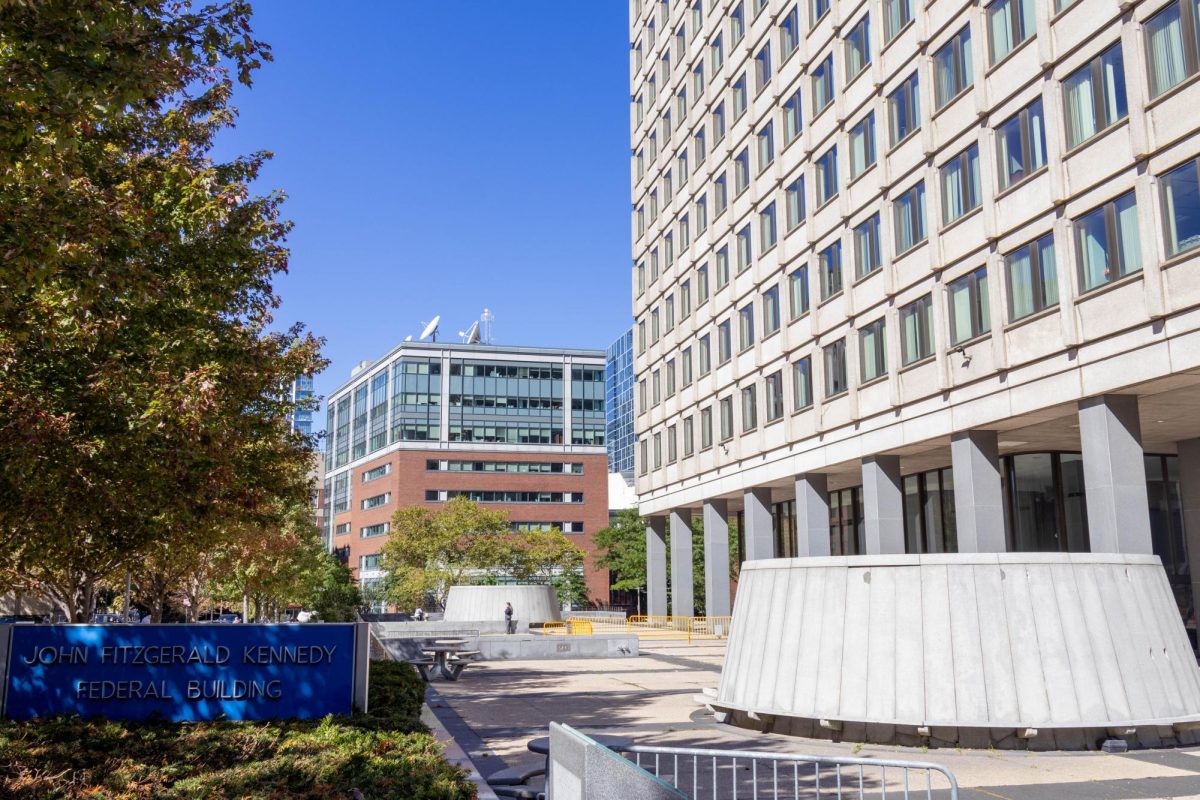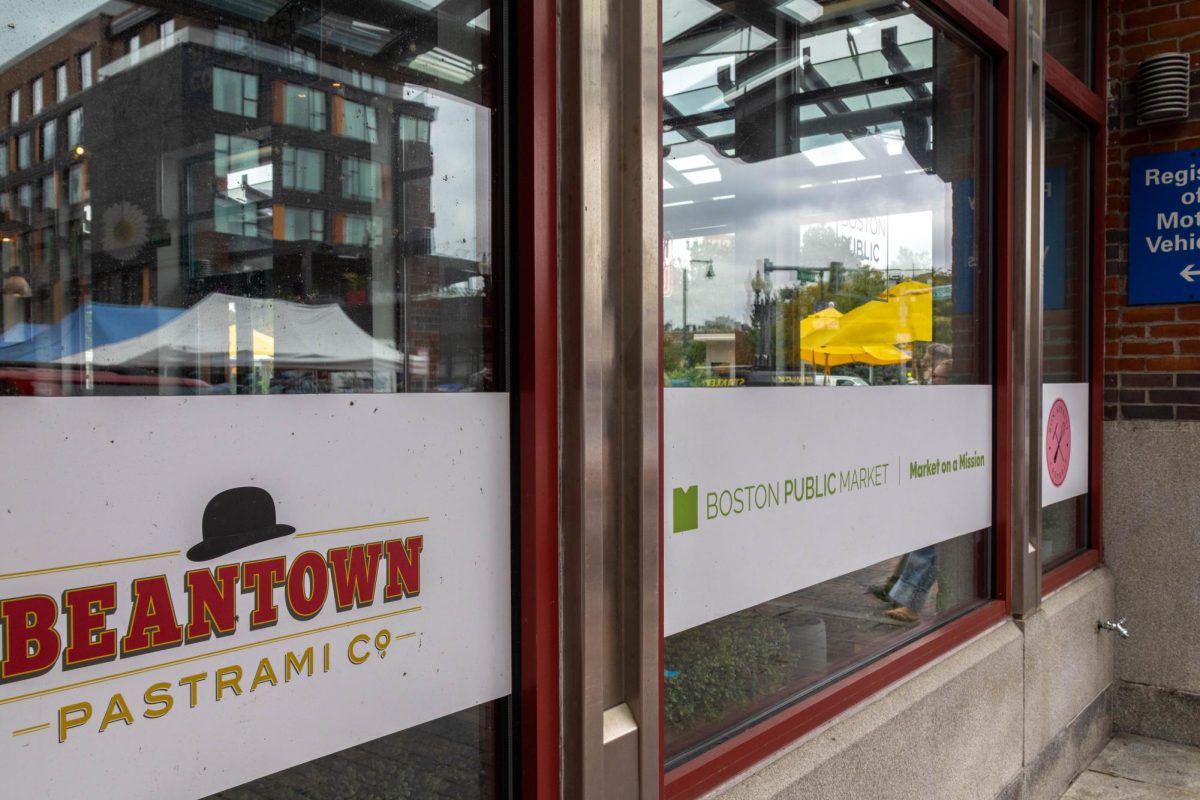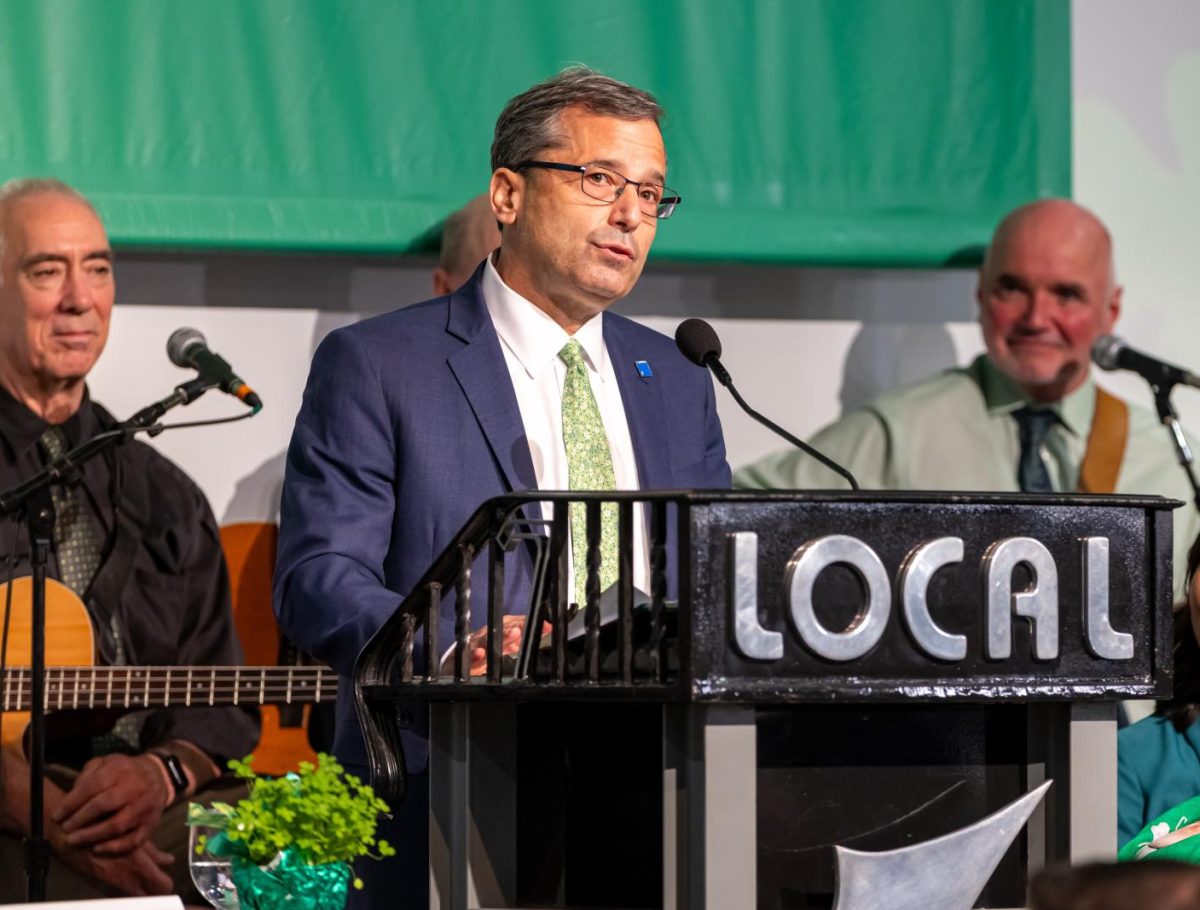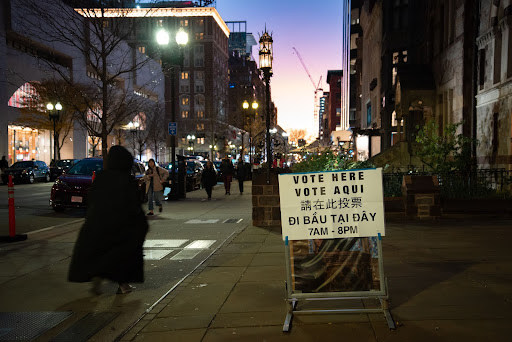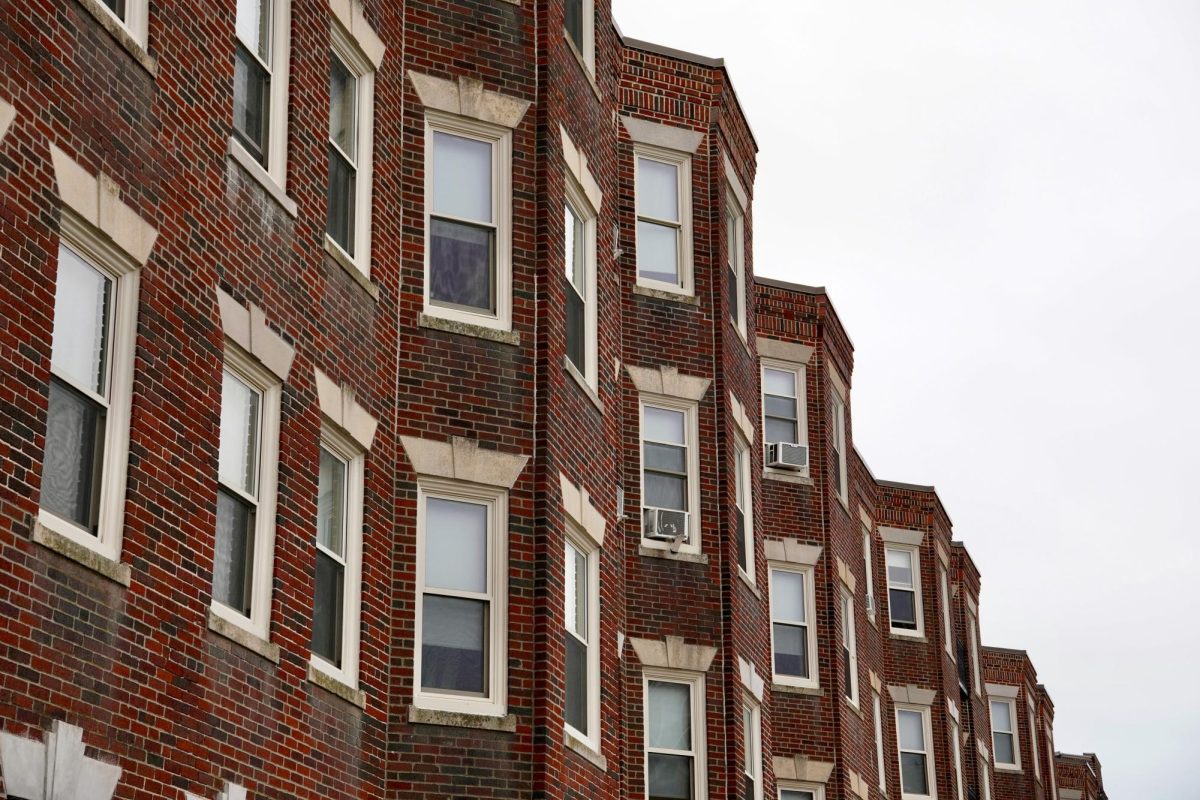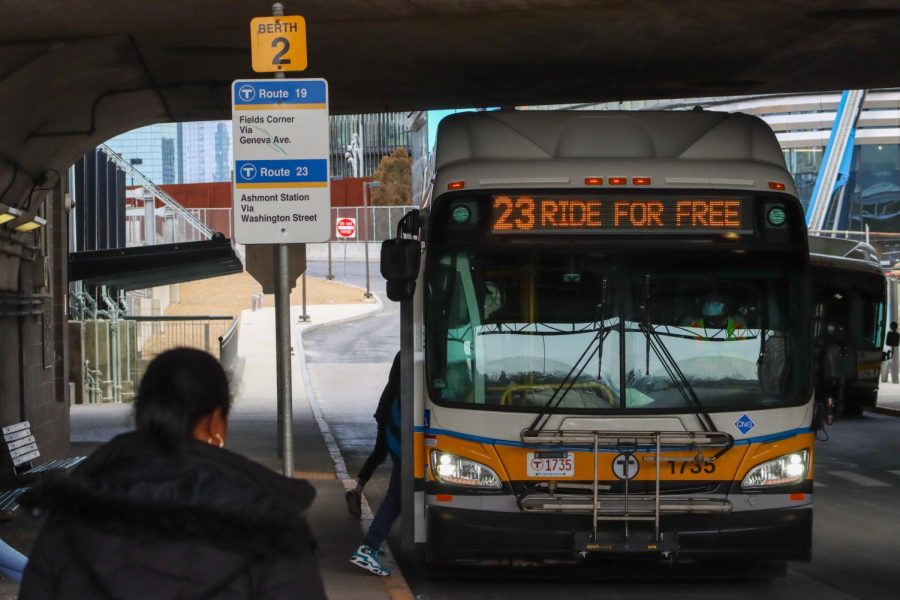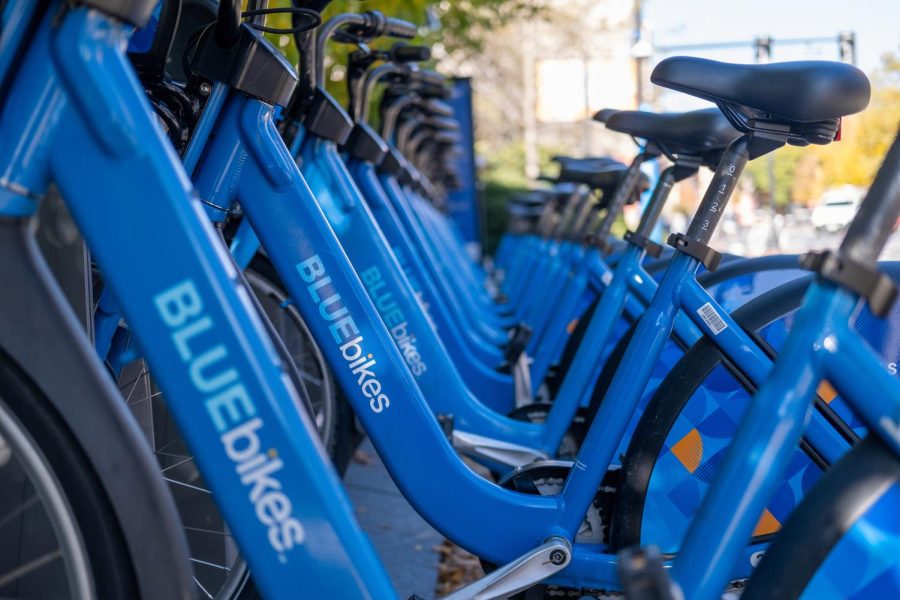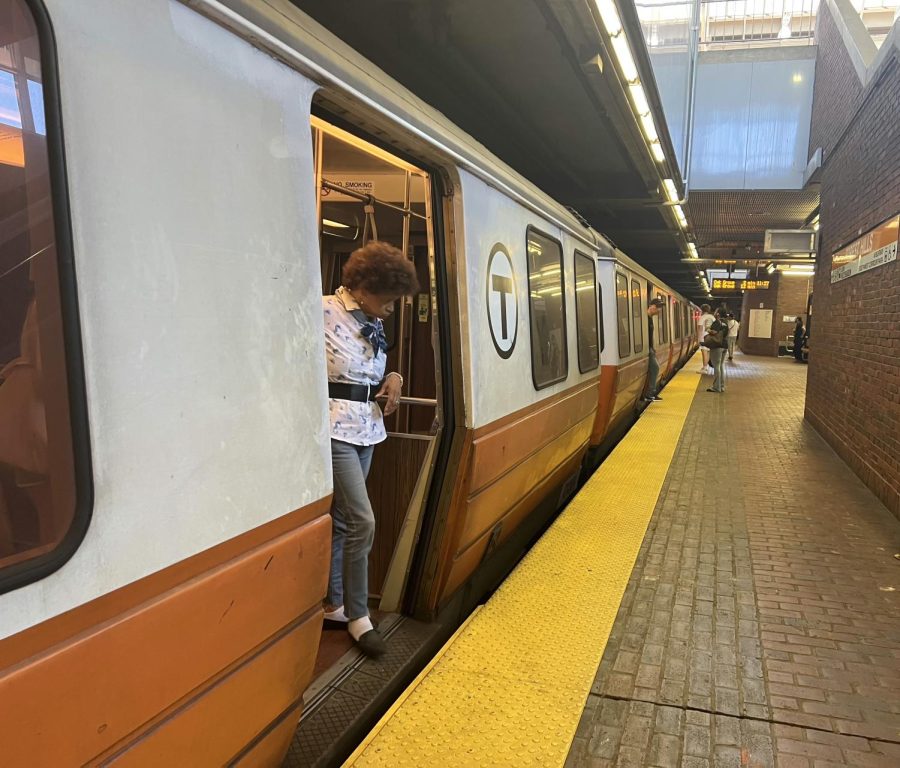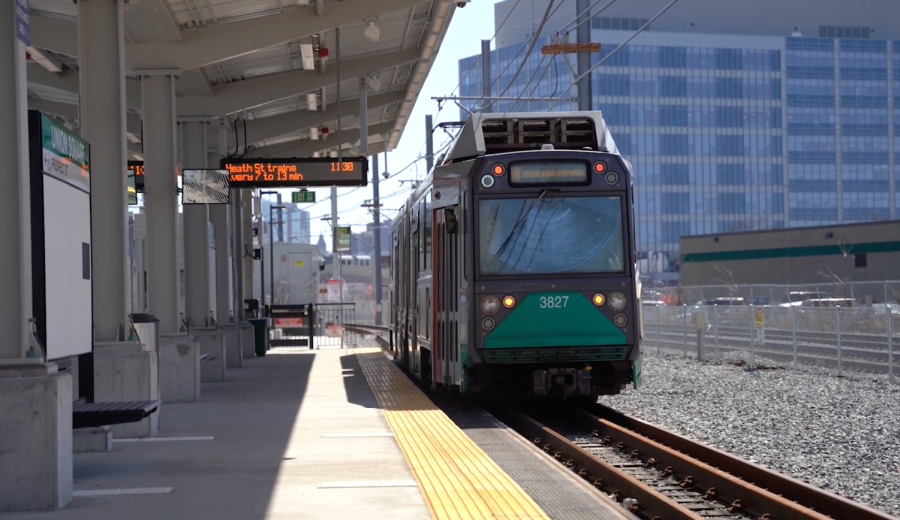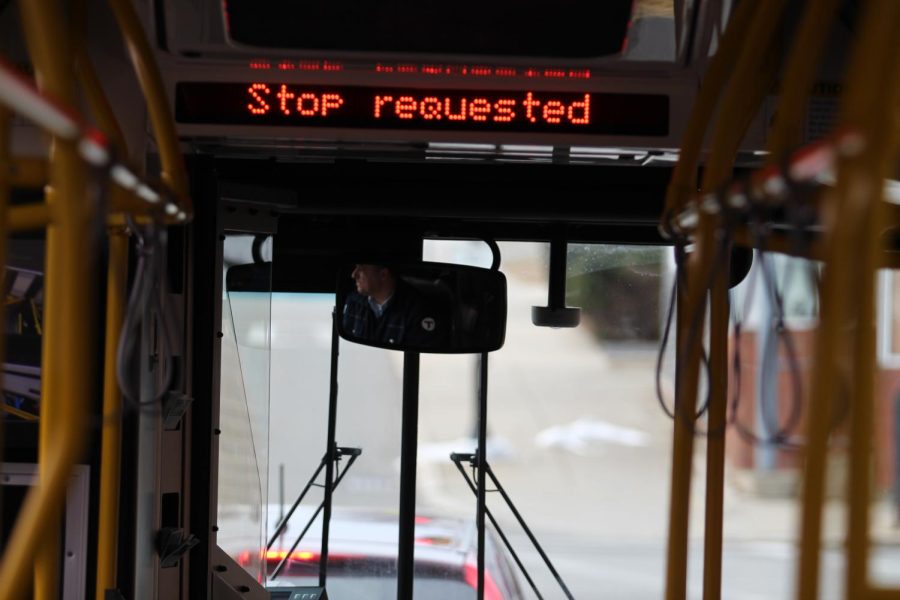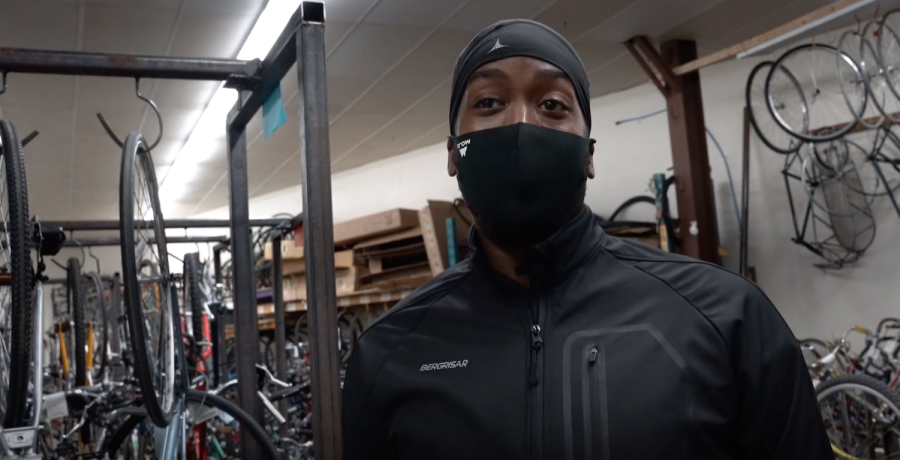Cyclists and their advocates say there is a bike safety issue in Greater Boston. Last week, a cyclist was killed on Memorial Drive in Cambridge, Massachusetts. In June of this year, two people were struck and killed within two weeks of each other, also in Cambridge. Data from the City of Boston’s Vision Zero reported 3,539 cyclists injured and 10 killed in 2023.
Toni Magee, who works with Dorchester Bike Kitchen (DBK), a volunteer-run bike repair space that is part of a large network of collaborative cycling spaces in Boston, is concerned about bike safety in Boston at large, and she’s particularly concerned about Dorchester. She said there are no bike lanes on the streets surrounding DBK.
“There’s just varying bike infrastructure in the city … [which] makes it feel less safe because there’s not one consistent way to navigate it,” Magee said.
In 2022, Boston Mayor Michelle Wu announced a three-year bike safety mission which included adding over nine miles of bike lanes in Boston: a 20% increase. Despite those efforts, neighborhoods like Roxbury, Dorchester and Mattapan still have almost no physically-separated bike lanes, and fewer bike lanes overall compared to surrounding neighborhoods, according to the city’s Boston Bicycle Network Map. The Scope could not reach the City of Boston’s Transportation Department for comment.
While thousands of cyclists commute every day, advocates say Greater Boston’s bike infrastructure is neither comprehensive, nor equitably distributed, and that efforts to improve it have not yet solved this disparity.
“[Dorchester is] definitely a neighborhood of the city that has been left out of a lot of the improvements that we’re seeing elsewhere,” said James Magee, Toni Magee’s husband who also volunteers at DBK.
Mandy Wilkens, events and communications manager of the Boston Cyclists Union – a cycling and street safety advocacy group – said that bike lanes are critical for safety.
“When you mix cars and bikes, which are two very different modes of transportation together, you get really unpredictable behavior,” said Wilkens. “When you can separate them, the people on bikes can predict what’s in front of them [and] what’s behind them.”
She adds, “It just really takes the stress away from both people on bikes and people in cars and also pedestrians. It creates an environment that’s really made for everybody.”
But Wilkens said that implementing this infrastructure across all of Boston will take time.
“There’s a major discrepancy between the bike network, say, above the Orange line and below the Orange line in Boston, and what that means is that a lot of people in neighborhoods like Roxbury, Dorchester and Mattapan don’t even really have the option to bike necessarily,” said Wilkens.
Construction started on bike infrastructure for Cummins Highway in Mattapan in the spring, and a handful of other projects in Roxbury, Dorchester and Mattapan are either in design or under construction. The city’s Blue Hill Avenue Transportation Action Plan, for example, has opened a dialogue between the city and residents of the street to see what the needs of the community are.
Boston’s proposed bike lanes range in type: Regular or buffered bike lanes are separated from vehicle lanes with a single stripe or a striped buffer zone. Separated bike lanes are physically separated from the rest of traffic using flexible posts, on-street parking or raised curbs.
A study by the Federal Highway Administration looking at biking infrastructure from five cities, including Cambridge, found that separated bike lanes led to a 50% decrease in crashes.
“I don’t think paint matters very much because paint will never save you from a car hitting you, killing you or rolling you over,” said Magee. “In my experience the only way to be completely protected as a cyclist and to absolutely minimize any interaction is to have a fully separated bike lane.”
Getting people to try biking the city without sufficient infrastructure can be a daunting task, but it has become a central mission for the City of Boston’s “Bicycle Mayor,” Vivian Ortiz. Ortiz offers bike tours of her Boston neighborhood, Mattapan, to anyone who will ask for one, giving new cyclists a taste of biking on the city’s park trails before they hit the streets. The city also offers free learn-to-bike lessons to women and gender-diverse people.
“The idea of trying to get folks to ride a bicycle for commuting purposes – we still have a lot to do in this area,” said Ortiz. “We also have other ways to get people to try biking while we wait for the bike lanes to be installed.”
With beginners, Ortiz starts at Neponset Greenway or the Southwest Corridor so that they are able to learn the ins and outs of biking without the stress of maneuvering traffic.
“There are ways to get people back on bicycles that don’t require them to be on the street,” said Ortiz.
Cyclists who have banded together in organizations like the Boston Cyclists Union and Dorchester Bike Kitchen help disseminate safe biking practices and get more people on the road. But one problem, said Magee, is getting all of these organizations to act centrally.
“There’s lots of different groups and lots of different people trying to do lots of different things with improving bike infrastructure, and sometimes it feels really disjointed. Like there’s not one good source or resource to use for all bike-related information in the city,” said Magee.
She adds, “It’s really our job to make sure that not only the city is educated on safe infrastructure, safe transportation [and] complete streets, but also the people in the neighborhoods that they are building this infrastructure [in] know the benefits.”

